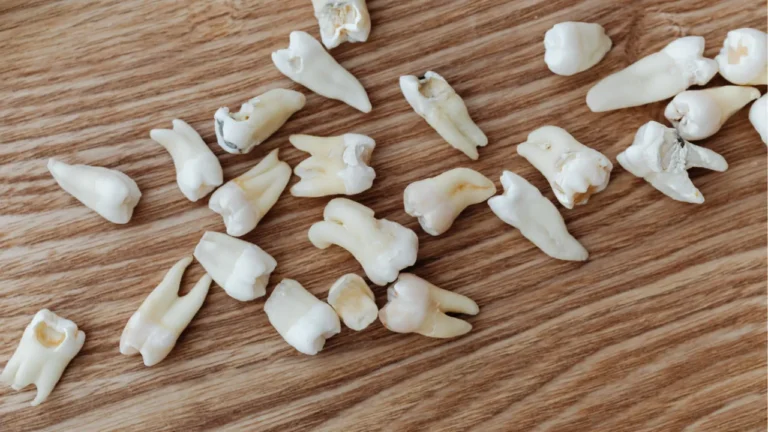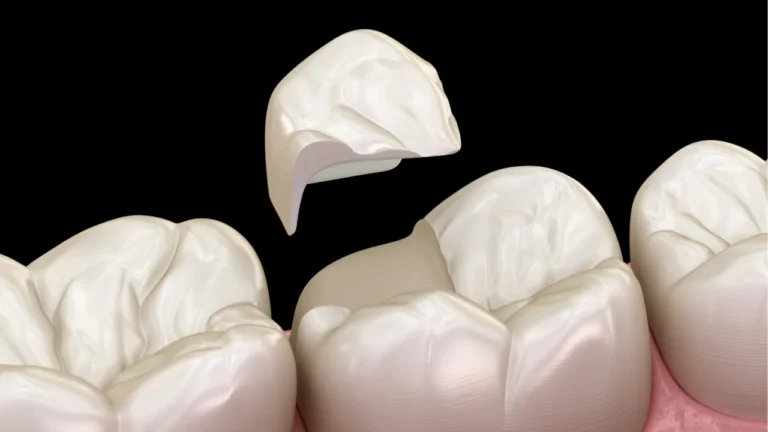Slimming wires, commonly used in orthodontics and cosmetic dentistry, have seen remarkable innovations in recent years.
These advancements are particularly noteworthy in South Africa, where local experts are contributing to the global discourse on dental technology.
In this article, we’ll explore the latest developments in slimming wires and provide insights from leading South African dental professionals.
Quick Summary
- Shape Memory Alloys (NiTi): Shorter treatment times, fewer adjustments, greater comfort.
- Aesthetic Archwires: Tooth-colored for improved appearance.
- Customizable CAD/CAM Wires: Tailored precision for better results.
- Bio-Active Coatings: Antibacterial properties improve oral health.
- Thermally Activated Wires: Flexible in cool temperatures, stronger at body temperature.
What are Slimming Wires?
Slimming wires, also known as orthodontic archwires, are essential components in braces that apply consistent pressure to teeth, guiding them into their desired positions over time.
Traditionally, these wires were made from stainless steel, but recent innovations have led to the use of advanced materials and technologies that improve their effectiveness, comfort, and aesthetic appeal.
Innovations in Slimming Wires
1. Shape Memory Alloys
One of the most significant advancements in slimming wires is the use of shape memory alloys, particularly nickel-titanium (NiTi). These materials possess unique properties that allow them to return to their original shape after being deformed, providing consistent pressure on teeth without frequent adjustments.
Benefits:
- Reduced need for frequent orthodontic adjustments
- Improved patient comfort throughout treatment
- More efficient tooth movement, leading to shorter treatment times
South African Insight: According to Dr. Z. Zungu, a leading orthodontist in Pretoria, NiTi wires have revolutionized local orthodontic practices by significantly reducing the overall duration of treatment. “Patients are more comfortable, and we’re able to achieve better results in less time,” he explains.
2. Aesthetic Archwires
To meet the growing demand for less noticeable orthodontic options, aesthetic archwires coated with tooth-colored materials have been developed.
These wires blend with the natural color of teeth, making braces less conspicuous—an appealing option for adults and image-conscious patients.
Benefits:
- Enhanced aesthetic appeal
- Increased patient satisfaction and compliance with treatment
3. Customizable Wires with CAD/CAM Technology
Computer-Aided Design and Computer-Aided Manufacturing (CAD/CAM) technology allows for the creation of customized orthodontic wires tailored to each patient’s dental anatomy.
This personalization enhances the precision and effectiveness of orthodontic treatments.
- Benefits: Improved treatment outcomes, reduced discomfort, and faster results.
- South African Insight: Dr. Sipho Dlamini from Cape Town highlights that CAD/CAM technology has enabled more accurate and individualized treatment plans, which are particularly beneficial for complex cases.
4. Bio-Active Coatings
Innovations in bio-active coatings for slimming wires include the application of antibacterial layers that help reduce plaque buildup and inflammation around braces.
- Benefits: Improved oral hygiene, reduced risk of dental caries and gum disease during orthodontic treatment.
- South African Insight: Research conducted at the University of Pretoria has shown promising results in using bio-active coatings to maintain oral health during orthodontic treatments.
5. Thermally Activated Wires
Thermally activated archwires change their stiffness in response to temperature variations, becoming more flexible at lower temperatures and stiffer at higher temperatures.
This property allows for easier initial adjustments and more effective tooth movement as treatment progresses.
- Benefits: Increased patient comfort, more effective tooth movement, and fewer adjustments.
- South African Insight: According to a study by the South African Dental Association, thermally activated wires have been well-received in clinical trials, showing improved patient outcomes.
The Impact of Slimming Wire Innovations in South Africa
The latest innovations in slimming wires have significantly improved orthodontic treatments, offering enhanced comfort, aesthetics, and efficiency.
South African dental professionals and researchers are playing a pivotal role in these advancements, showcasing the country’s growing influence in dental technology.







